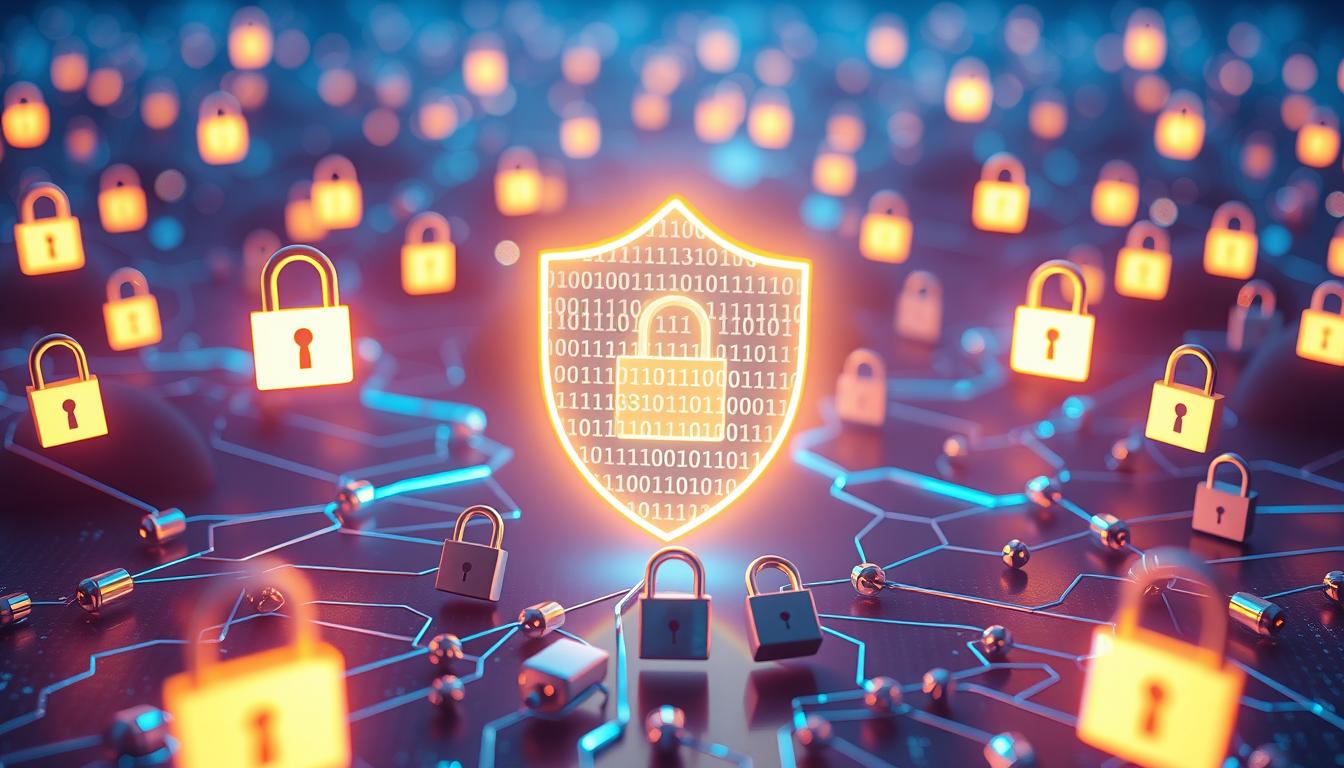In the digital age, safeguarding your online privacy has become increasingly crucial. As we navigate the ever-evolving landscape of the internet, our personal information and digital footprint are more susceptible to potential threats. This comprehensive guide will provide you with essential tips and strategies to protect your digital life in Canada, empowering you to take control of your online security and privacy.
Key Takeaways
- Understand the risks and consequences of sharing personal information online
- Secure your online accounts and devices to prevent unauthorized access
- Utilize encryption and anonymous browsing tools to safeguard your data and browsing habits
- Adjust privacy settings on social media and other platforms to limit the exposure of your personal information
- Recognize and avoid phishing attempts to protect your digital identity from cybercriminals
Understanding the Importance of Online Privacy
In today’s digital landscape, our online privacy has become a crucial concern. As we increasingly share personal information, photographs, and experiences on the internet, we must recognize the potential risks and consequences of a compromised digital footprint.
The Risks of Sharing Personal Information Online
The information we share online, whether it’s our home address, phone number, or financial details, can be exploited by cybercriminals for identity theft, financial fraud, and other malicious activities. It’s essential to be mindful of what we post and share, as this data can be used to piece together a comprehensive profile of our lives, making us vulnerable to various security threats.
The Consequences of a Compromised Digital Footprint
When our digital footprint is compromised, the repercussions can be far-reaching. From reputational damage to financial loss, the consequences can have a lasting impact on our personal and professional lives. Employers, potential partners, and even friends may form opinions based on our online presence, making it crucial to maintain a positive and secure digital image.
By understanding the importance of online privacy and the risks associated with sharing personal information, we can take proactive steps to protect ourselves and our digital identities. The next section will explore strategies for securing your online accounts and devices, ensuring your digital life remains safe and secure.
| Potential Risks | Consequences |
|---|---|
| Identity Theft | Financial Fraud |
| Financial Loss | Reputational Damage |
| Cybercrime | Targeted Advertising |
“In the digital age, our personal information is our most valuable asset. Protecting it should be a top priority.”
– Online Privacy Expert, Jane Smith
Securing Your Online Accounts and Devices
In today’s digital landscape, safeguarding your online accounts and devices is crucial for maintaining your online privacy and protecting your personal information. By taking proactive steps to enhance your internet security, you can significantly reduce the risk of unauthorized access and cybersecurity threats.
One of the most effective ways to secure your online accounts is by creating strong, unique passwords. Avoid using easily guessable information, such as your name, birthdate, or common dictionary words. Instead, opt for a combination of uppercase and lowercase letters, numbers, and special characters. Consider using a password manager to generate and store your passwords securely.
Another essential measure is enabling two-factor authentication (2FA) on your accounts. This additional layer of security requires you to provide a second form of verification, such as a code sent to your mobile device, before granting access. This step makes it much harder for cybercriminals to gain unauthorized entry, even if they have your password.
Regular software and operating system updates are also crucial for maintaining your data protection. These updates often include security patches that address newly discovered vulnerabilities, helping to prevent cyber attacks and safeguard your devices.
- Create strong, unique passwords for all your online accounts
- Enable two-factor authentication (2FA) on your accounts
- Keep your software and operating systems up-to-date
By implementing these security measures, you can significantly enhance the protection of your online accounts and devices, ensuring that your personal information remains secure and safeguarded from potential threats.

Safeguarding Your Data and Browsing Habits
In today’s digital landscape, protecting your online privacy is paramount. From safeguarding your data to securing your browsing habits, there are several essential steps you can take to shield your personal information from prying eyes.
Using Encryption and Anonymous Browsing Tools
One of the most effective ways to safeguard your data is by employing encryption tools. Encryption protects your data protection by scrambling the information, making it virtually unreadable to unauthorized individuals. Data encryption can be applied to everything from your email communications to your file storage, ensuring that your sensitive information remains secure.
In addition to encryption, anonymous browsing tools like virtual private networks (VPNs) and Tor browser can help shield your online privacy and browsing habits from prying eyes. These tools route your internet traffic through encrypted tunnels, making it difficult for anyone to track your online activities.
Adjusting Privacy Settings on Social Media and Other Platforms
Social media platforms have become an integral part of modern life, but they can also pose a significant threat to your data protection if not properly managed. Regularly reviewing and adjusting your privacy settings on social media and other online platforms can help you control the amount of personal information you share, limiting the risk of your digital footprint being compromised.
| Platform | Key Privacy Settings to Review |
|---|---|
|
|
|
|
|
By taking these steps to safeguard your data and browsing habits, you can significantly enhance your overall online privacy and protect yourself from the potential consequences of a compromised digital footprint.
Protecting Your Digital Identity from Cybercriminals
In today’s digital age, protecting your online privacy and data is crucial to safeguarding your digital identity. Cybercriminals are constantly devising new tactics to steal personal information, and one of the most common methods is through phishing attacks.
Recognizing and Avoiding Phishing Attempts
Phishing scams are designed to trick you into sharing sensitive information, such as login credentials, credit card numbers, or other personal data. These attacks often come in the form of seemingly legitimate emails, text messages, or social media messages that appear to be from trusted sources, like your bank, a government agency, or a company you do business with.
To avoid falling victim to a phishing scam, it’s important to be vigilant and learn to recognize the warning signs. Some common red flags include:
- Urgent or threatening language demanding immediate action
- Requests for personal or financial information that should be handled through secure channels
- Spelling and grammar errors, or a generic greeting instead of a personalized one
- Suspicious links or attachments that could contain malware
If you’re ever unsure about the legitimacy of a message, don’t hesitate to contact the purported sender directly through a verified channel, such as their official website or customer service number. Verifying the source can help you avoid becoming a victim of online privacy breaches, data protection issues, and cybersecurity threats.
By protecting your digital identity and being vigilant against phishing attempts, you can significantly reduce the risk of becoming a target for cybercriminals and safeguard your personal information.
Conclusion
As we’ve explored throughout this article, online privacy is a critical aspect of navigating the digital landscape. By understanding the risks of sharing personal information online and the consequences of a compromised digital footprint, we can take proactive steps to secure our online accounts, safeguard our data, and protect our digital identity from cybercriminals.
From using encryption and anonymous browsing tools to adjusting privacy settings on social media and other platforms, the strategies outlined in this article are designed to empower you to take control of your online privacy. By recognizing and avoiding phishing attempts, you can further strengthen your defences against the growing threat of cybercrime.
Remember, your online privacy, data protection, internet security, and cybersecurity are essential to safeguarding your digital life. Embrace these best practices and make them a part of your daily online routine to ensure your personal information remains secure and your digital footprint remains protected.



